By The Ambazonian Patriot
For The Independentist.
When the story of Ambazonia’s subjugation by La République du Cameroun (LRC) is finally told in full, it will reveal not just the military brutality but the economic warfare waged to destroy a thriving people. At the center of this warfare was Cameroon Bank, the economic engine of the former British Southern Cameroons.
Born during the golden years of the West Cameroon administration under Prime Minister John Ngu Foncha, Cameroon Bank was a symbol of financial autonomy and national pride. It fueled local enterprise, supported community development, and formed the financial bedrock of a self-governing nation.
By 1989, that bank had been dismantled—not by market forces, but by the cold, calculated sabotage of the very state that claimed to be its “federal partner.” This was not just a financial collapse. It was a political assassination.
Step One: Loan Looting to Strangle the Bank
When the bank was nearing collapse, internal audits revealed a shocking reality: 83% of all loans were extended to Francophone elites in Yaoundé and Douala. Just 17% went to Ambazonian borrowers across the rest of the branches.
This was not incidental—it was part of a broader plan to bleed the bank dry, default on loans, and blame the failure on “mismanagement.” The two top Francophone executives in charge at the time, Arnold Moundi and Paul Kamogne, led the institution’s descent.
Step Two: Where the Money Was – Full Breakdown of Branch Deposits
At the time of collapse, Cameroon Bank’s total deposits were approximately 17.4 billion FCFA. The breakdown tells the full story:
Francophone Zones (83% of Loans & Deposits)
Yaoundé: 7.7 billion FCFA
Douala: 6.6 billion FCFA
Total: 14.3 billion FCFA
Ambazonian Zones (Only 17% of Loans & Deposits)
Victoria (Limbe): 1.3 billion FCFA
Banso: 439 million FCFA
Tiko: 438 million FCFA
Kumba: 355 million FCFA
Bamenda: 179 million FCFA
Buea: 172 million FCFA
Mamfe: 93 million FCFA
Muyuka: 61 million FCFA
Total: 3.03 billion FCFA
These figures paint a clear picture: Ambazonians funded the bank, while Francophone elites plundered it.
Step Three: Destroy the Evidence, Silence the Depositors
When the World Bank provided relief funds to repay depositors after the bank’s closure, LRC’s agents in the bank had already erased records:
Thousands of ledger cards, tapes, and files were destroyed.
Account balances were reduced to zero.
Even depositors with fixed deposit certificates and passbooks were dismissed.
In some cases, computer files were “lost” entirely.
This was economic erasure—a premeditated wiping out of Ambazonia’s financial legacy.
Step Four: Bring in the Frenchmen to Finish the Job
To seal the sabotage, the Minister of Finance brought in three French “consultants”:
Mr. Marche
Mr. Deust
Mr. Jean-Marc Hassle
Their 2-year contract was valued at 300 million FCFA—an amount that represented 50% of the bank’s liquid capital.
These were not consultants; they were looters with legal cover, exploiting the 1959 France-Cameroun Accords that still bind LRC to its colonial master. This looting was imperial theft by proxy, draining the last lifeblood from Ambazonia’s most vital financial institution.
Step Five: Intimidate the Truth-Tellers
Journalist Paddy Mbawa of Cameroon Post uncovered how CDC funds were siphoned by then-Prime Minister Peter Mafany Musonge and his partner John Epee Mandengue through a fake insurance firm. The amount stolen: 3.5 billion FCFA.
Instead of prosecution, the regime jailed Mbawa for 14 years—in a Douala kangaroo court—with help from then Justice Minister Douala Moutomé. It took the intervention of Amnesty International and foreign diplomats to free him.
Musonge? He was rewarded.
Mandengue? He fled into exile after duping multiple homebuyers.
The lesson? Expose the truth and you are punished; steal from Ambazonia and you are promoted.
The Strategy Behind the Sabotage
Cameroon Bank wasn’t the only target—it was the template. The mission was to:
Eliminate regional financial autonomy.
Tie Ambazonian capital to Francophone debt and corruption.
Create dependency on Yaoundé.
Suppress future economic resistance by erasing infrastructure and memory.
It is no accident that the only Anglophone-led financial institution in the federation was the first to be destroyed.
Challenge to the “One Cameroon” and Federation Advocates
To those still clamoring for a federated state or the resuscitation of “One Cameroon”, we ask:
What concrete safeguards have you instituted to prevent this kind of sabotage from happening again?
What mechanisms have you proposed to shield Ambazonian wealth, institutions, and human capital from another round of annihilation?
This is the existential fight President Dr. Samuel Ikome Sako refuses to lose. He understands what is at stake—not just dignity, but survival.
If the elites of Southern Cameroons—those who now speak of “dialogue” and “federalism”—have a better plan, now is the time to present it. Otherwise, let them remain quiet. For we will no longer entertain elite betrayal disguised as moderation.
We call on:
Dr. Dion Ngute, Biya’s Prime Minister and native of Ambazonia
Dr. Diane Acha Morfaw, CPDM surrogate and election tactician
Dr. Nico Halle, advocate of the 12-point fantasy plan
Prof. Carlson Anyangwe, quiet academic of past federalist fame
Dr. H. Sama Nwana, international development expert
Judith Nwana, shadow technocrat and voice of ambiguous moderation
The Muna Dynasty – Akere, Bernard, and Ama – sons of the betrayer
Paul Tasong, self-styled economic wizard
Uphie Chinje Melo, gender-rights crusader turned CPDM loyalist
Eric Chinje, the Syracuse-trained media man who repackaged tyranny
Dr. Simon Munzu, UN constitutionalist turned advocate of coexistence
Barrister Agbor Balla, activist turned apologist
Archbishop Andrew Nkea, religious intermediary now entangled in politics
Dr. Nick Ngwanyam, CPDM policy disciple
What is your plan? Where is your blueprint? How do you protect us from another Cameroon Bank?
Or shall we assume you have none?
The people of Ambazonia are not fools. We were fooled once in 1961. We will not be fooled again.
But the Plan Failed
La République du Cameroun hoped that by dismantling the Cameroon Bank, Ambazonians would lose faith in self-rule. The opposite happened.
Our diaspora is more skilled, more connected, and more determined than ever before. We have learned the cost of unity with LRC—and it is a cost we will never pay again.
The Cameroon Bank is gone, but its story has become a wellspring of national memory—a powerful reminder that our struggle is not merely political or military. It is also economic. And it is existential.
Final Word
As LRC drowns in over $20 billion of foreign debt, with only 15 public companies surviving out of 188, Ambazonia must build anew—on justice, memory, and resilience.
We were not defeated.
We were robbed.
And we will reclaim our sovereignty—not just with flags and parades, but by building financial institutions that serve our people and safeguard their legacy.
We remember Cameroon Bank. We do not forgive. And we will never forget







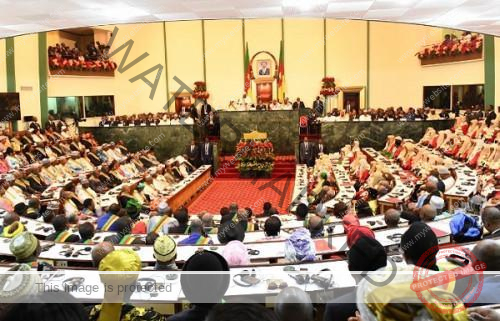





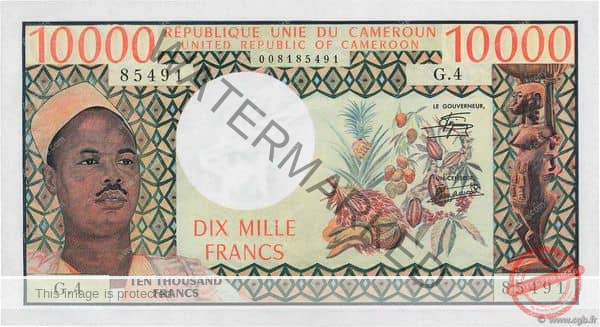



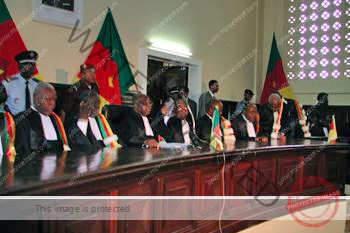
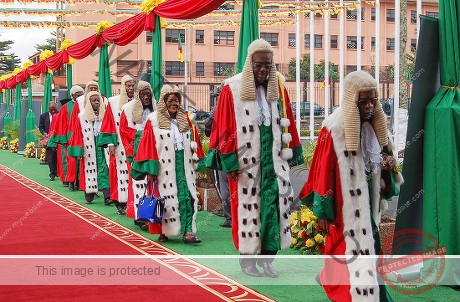
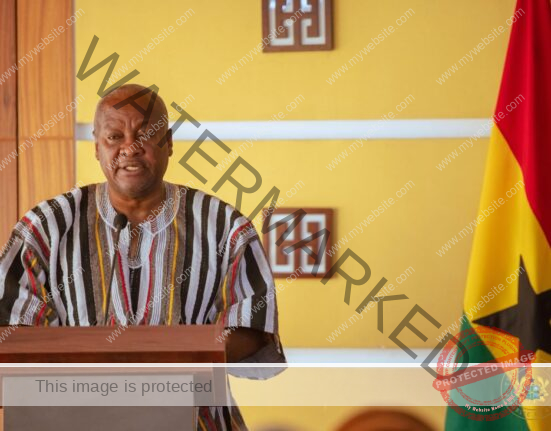

Leave feedback about this